Nothing happens overnight. Julia Child didn’t publish her first cookbook until she was 49. Tolkien was 45 when he started writing The Lord of the Rings. And mid-century modern — which has flourished in the age of Instagram — can trace its roots back farther than even its name suggests, to the post-World War I Bauhaus. Arguably most readily identified with the work of Americans Florence Knoll, Isamu Noguchi, George Nelson, Harry Bertoia and the Eameses, the style that doesn’t die boasted a strong Scandinavian contingent that included Arne Jacobsen, Hans Wegner, Finn Juhl and others.
In 1962, The New York Times proclaimed that “Danish modern…is one furniture style that everyone understands.” In fact, Americans had been hip to Scandinavian design long before the Atomic Age. Visitors to the Finnish and Swedish pavilions at the 1939 World’s Fair in New York got a good look at what one observer called “a cohesive modern style that went beyond the clinical austerity of the German functionalists.”
In 1951, Elizabeth Gordon, the influential editor of House Beautiful (and no friend of the International Style — think Mies van der Rohe and Le Corbusier) published the first of many paeans to all things Scandinavian. Gordon wasn’t fooling around. She was also the force behind the exhibition “Design in Scandinavia,” which traveled across North America for three years.
A Hotel Insider on Where to Eat Cheap (and Well) in Milwaukee
Briana Greer of the Pfister also shares recommendations for cocktails and day tripsGordon’s efforts contributed to the notion of Scandinavian design as all things blond and beautiful (furniture designers did use a lot of birch wood), but walking through “Scandinavian Design and the United States, 1890-1980” at the Milwaukee Art Museum, a bigger picture emerges. On view from March 24 through July 23, the show casts a wide net, drawing in nearly a century’s worth of ceramics, furniture, glass, textiles and product design.
Below, co-curator of the exhibit Monica Obniski, who is also curator of Decorative Arts and Design at the High Museum of Art in Atlanta, and the former Demmer Curator of 20th- and 21st-Century Design at Milwaukee, offers her take on a few of the 180 pieces included in the exhibition.
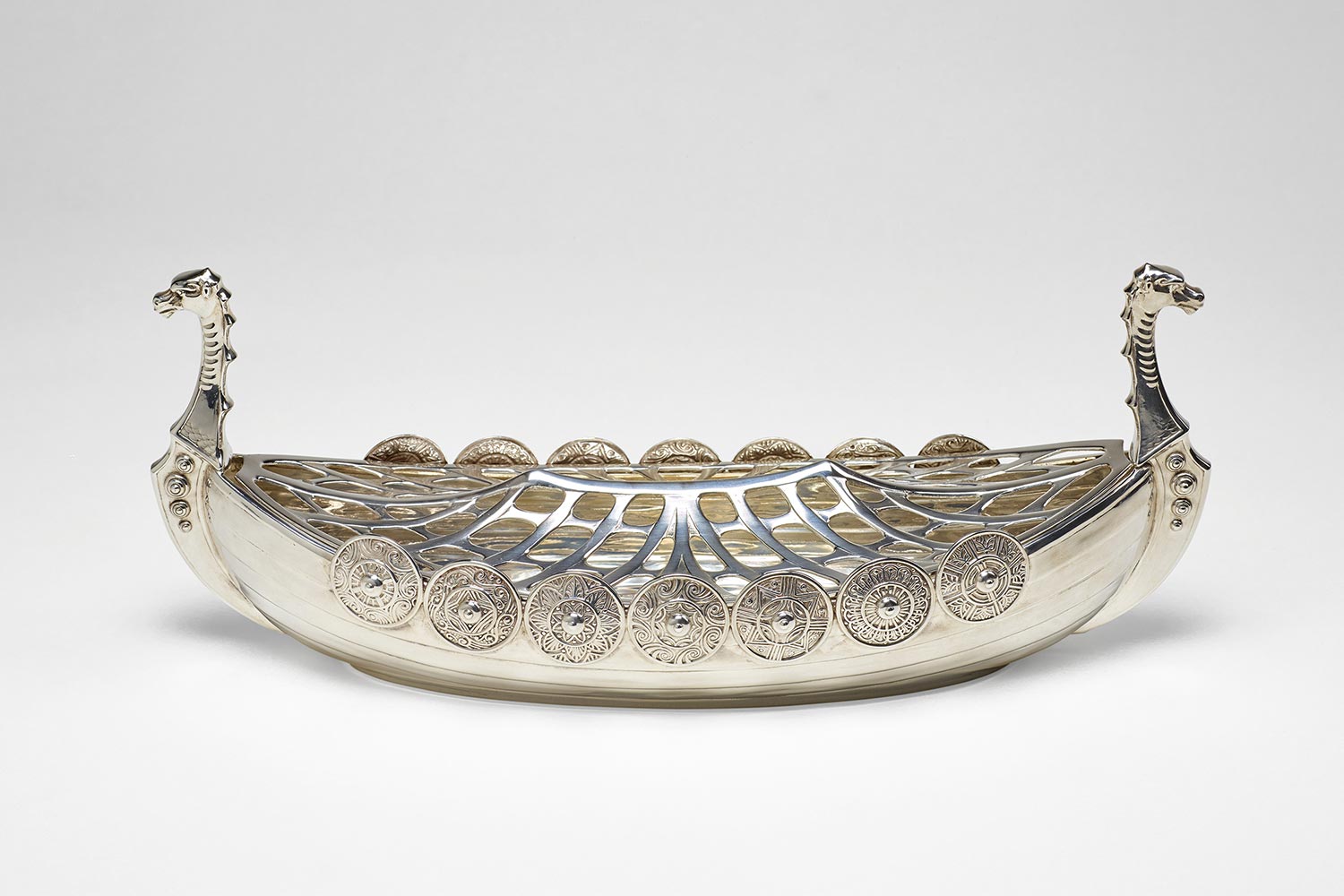
Gorham Viking Boat
“As the replica of a 9th-century Viking ship sailed into Chicago from Norway — not a short or easy journey — in 1893 for the World’s Fair, a full-fledged Viking Revival was having a moment in the United States. The passage of the Viking ship into the American imagination was then commemorated in the decorative arts, in the form of furniture, ceramics and silver, like this Gorham centerpiece.”
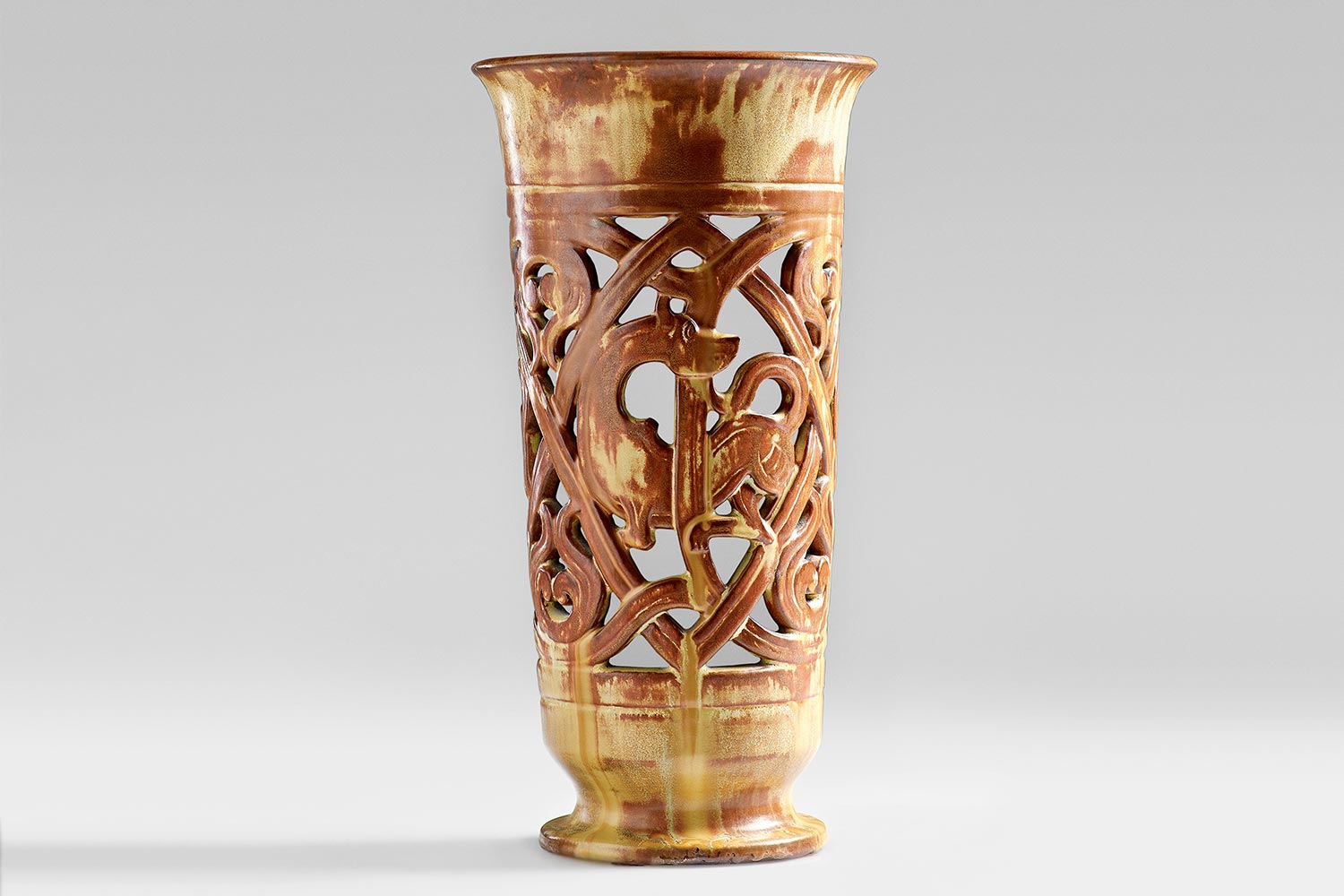
Icelandic Ceramic
“Although Iceland was still in union with Denmark, they sent their own pavilion for the New York World’s Fair of 1939 because the nation wanted to improve commercial avenues and exchange cultural ideas. This vase of clay indigenous to Iceland demonstrated the modern ceramic art industry present in the country, but the subject matter — a dragon — references dragestil (or “dragon style”), a motif found within Viking Revival.”
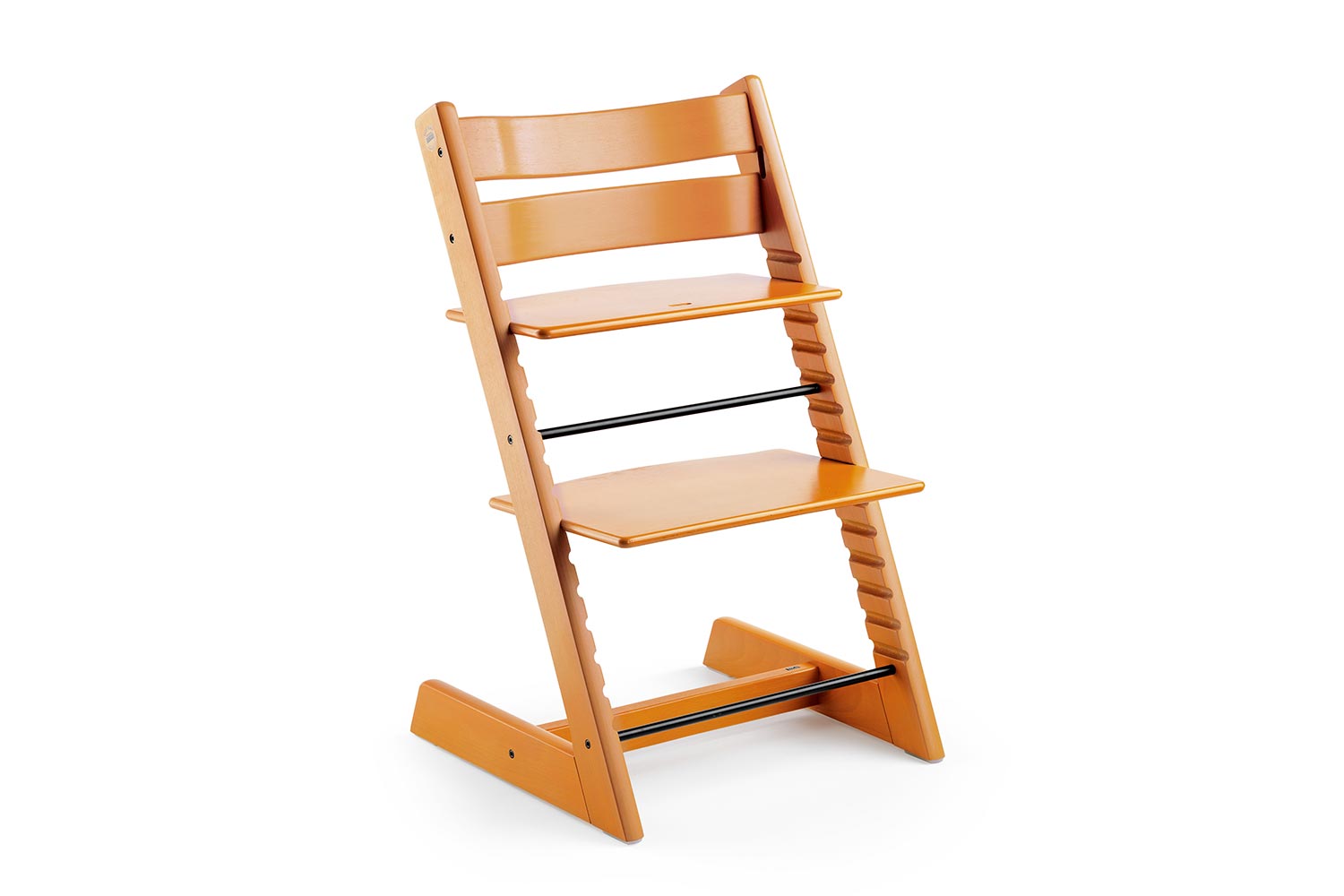
Tripp Trapp Chair
“Norwegian designer Peter Opsvik observed that when his son Thor was around three, he was too small for a regular chair and too big for a high chair. He also wanted to be mobile, to be able to get into and out of a chair with autonomy. Opsvik designed the Tripp Trapp chair as a response, creating a multi-functional piece of furniture that can take a user from infancy to childhood, demonstrating the principles of adaptive design. Debuting in 1972, and sold in the United States at specialty stores beginning in 1975, the Tripp Trapp chair has remained a popular childhood chair.”
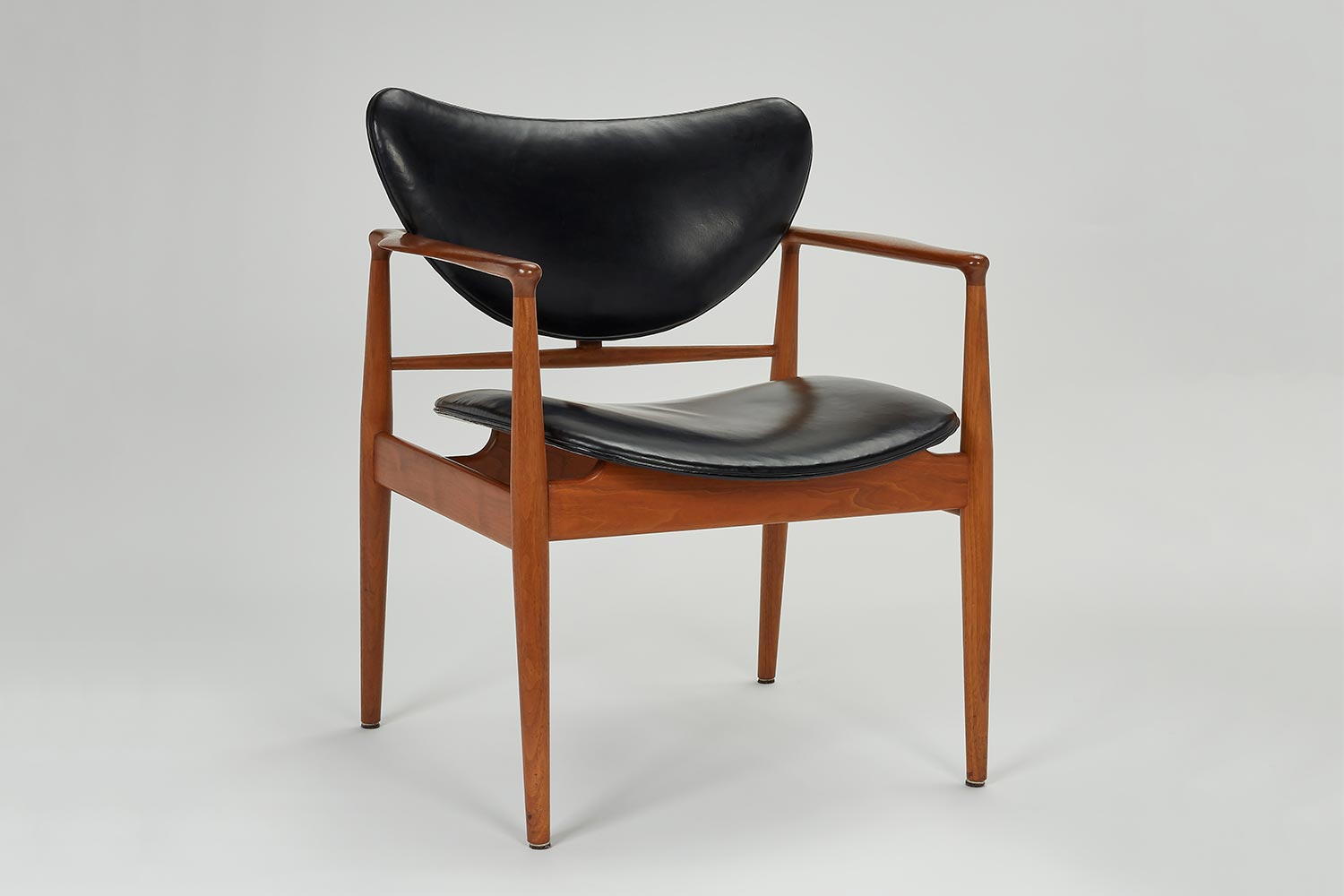
Finn Juhl Chair
“An idealized vision of Scandinavian design was sold to Americans — one that traded on organic forms, natural materials and handcraftsmanship. Although this chair was designed by the Danish architect Finn Juhl, it is an example of an American-made ‘Scandinavian’ design that emulates handcrafted chairs, but was manufactured by Baker Furniture in Grand Rapids, Michigan, as part of the mid-century ‘Danish modern’ mania.”
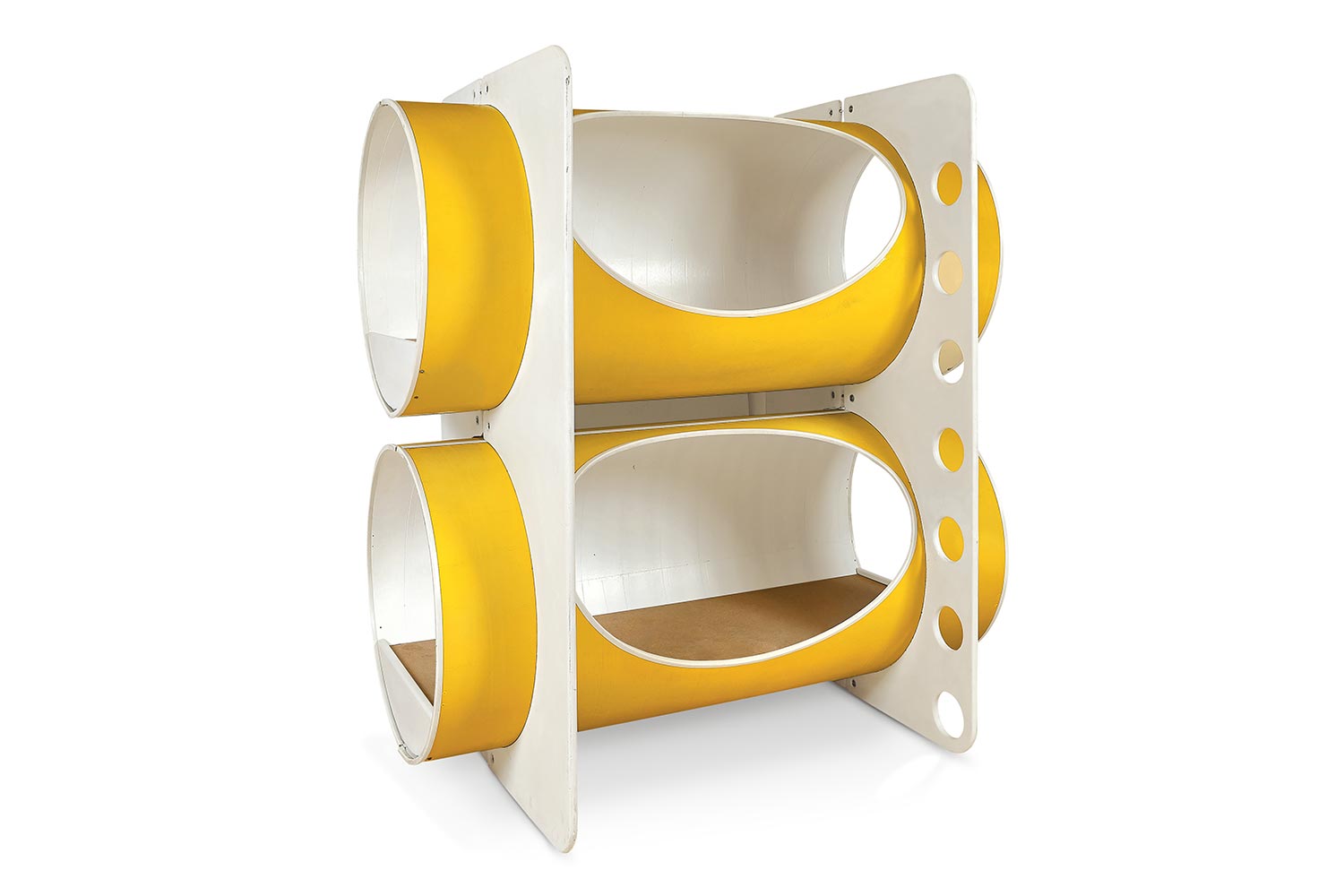
Big Toobs
“Starting in the late 1960s, some designers were thinking about critiquing overconsumption and conserving resources as part of an ecologically responsible approach. These beds — which were featured in the Nordic design-inspired book Nomadic Furniture — were designed by Californians Jim and Penny Hull, who developed a lightweight and inexpensive furnishings line using prefabricated fiberboard tubes. Designed for children, Big Toobs beds are a modern play-and-sleep environment that brought sustainability into the modern bedroom.”
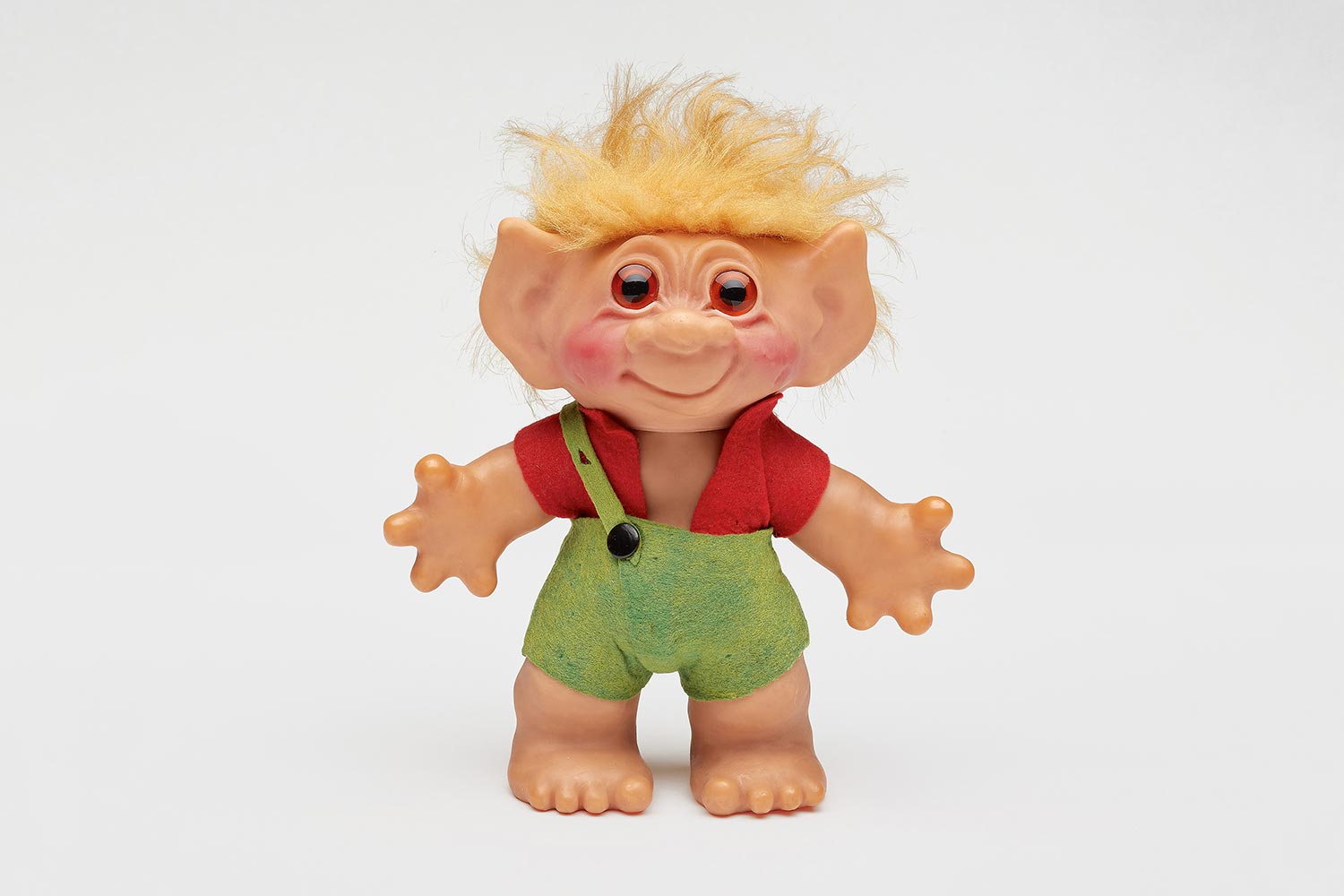
Dammit Troll Doll
“This might be the most important troll in American history! Dammit troll doll was pilot Betty Miller’s high-flying companion when she became the first woman to travel solo across the Pacific, from California to Australia. Dammit also made an appearance in the Oval Office, when she was invited to visit with President John F. Kennedy, showing off her Danish ‘good luck charm’ to the world.”
This article was featured in the InsideHook Chicago newsletter. Sign up now for more from the Windy City.

























